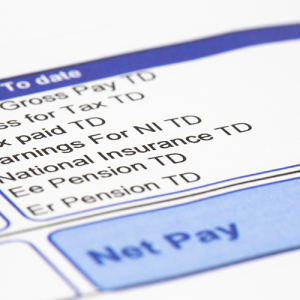30 April 2004
Consensus is emerging among the main political parties over the level of spending required to run Britain's public services effectively over the next decade.
That was the main finding of a Public Finance round table discussion on the Treasury's biennial Spending Review, at which representatives of the Labour government and Conservative and Liberal Democrat parties outlined their intentions to maintain public spending, as a percentage of gross domestic product, at 40–42% beyond 2010.
The debate, run in association with RSM Robson Rhodes on April 22, also revealed surprising political consensus over the Spending Review framework. Both main Opposition parties indicated they would remain committed to the Labour-constructed spending cycle should they form a government.
Shadow chief secretary to the Treasury Howard Flight began by outlining Tory plans to maintain spending at the lower end of the current 40–42% range.
However, he indicated that the decision would be taken as much for practical reasons, because of existing commitments, as any commitment to a policy agenda.
'There's nothing magical [about the 40–42% figure]. The issue is really what is achievable,' he said, later arguing that 'the whole issue [of reform] is being ducked by the use of Westminster village arithmetic'.
However, Flight did explain the Tories' search for efficiencies in terms of a policy commitment of devolution to local bodies and delivery agents – calling on Labour to 'bite the bullet' and give real autonomy to initiate improvements.
James Purnell, parliamentary private secretary to Treasury minister Ruth Kelly, countered that although there is cross-party consensus over the level of GDP spend, there were 'clear distinctions' between the parties. 'It equates to fairly big differences in spending and… the use of the private sector,' he claimed.
Purnell challenged the Tories to outline exactly where they would make sufficient savings to slash 2% off of the GDP spend figure – arguing that the government had declared its intentions by cutting Whitehall jobs and identifying 2.5% departmental savings targets.
But Liberal Democrat Treasury spokesman Vincent Cable expressed 'weary cynicism' towards claims that the public sector could find the sort of savings likely to be identified by Sir Peter Gershon's ongoing efficiency review of Whitehall.
Instead, he claimed it was time that governments considered withdrawing from marginal areas of expenditure, such as parts of the Department for Trade and Industry's portfolio, to free resources for use elsewhere.
PFapr2004

















